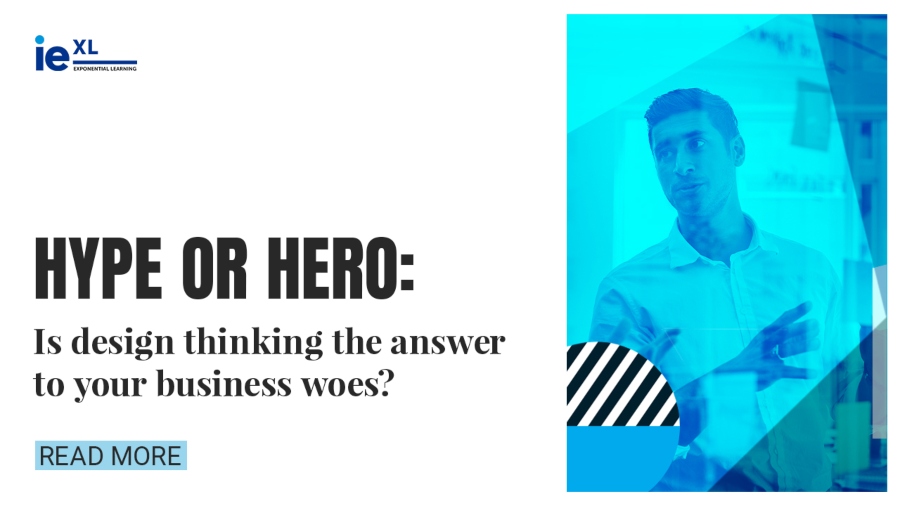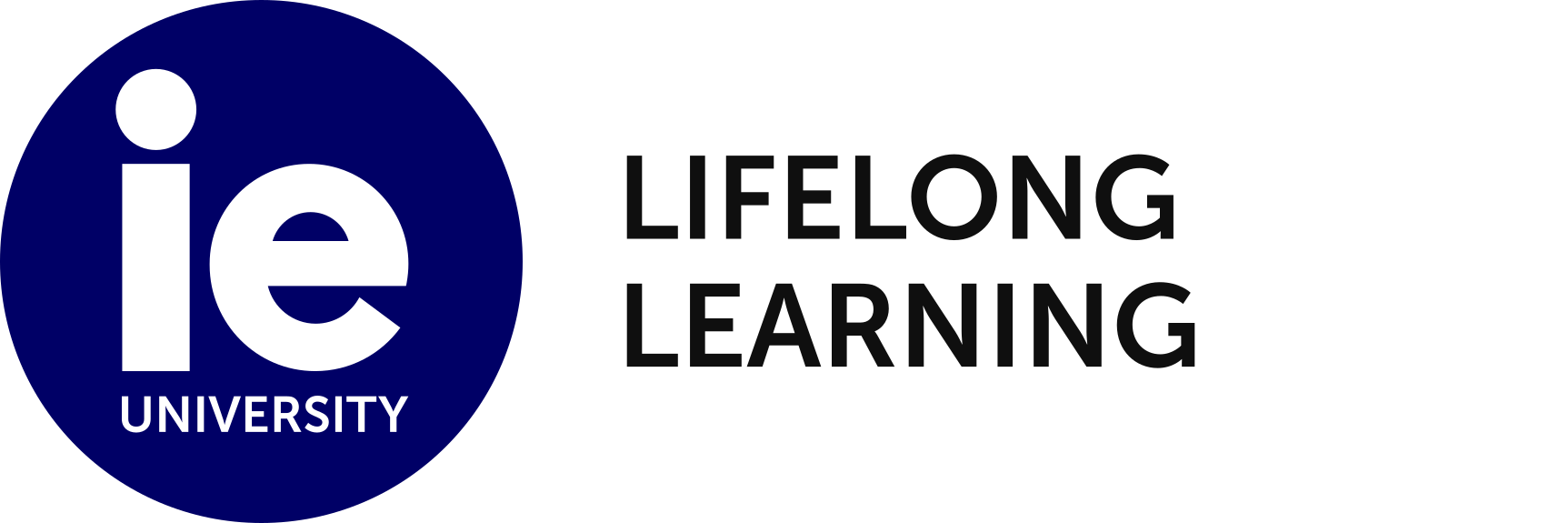Hype or hero: Is design thinking the answer to your business woes?

All companies come up against obstacles. Today’s competitive global markets, fast-changing technological landscape and increased public demand for transparency pose challenges for businesses of all shapes and sizes, from emerging startups to established multinationals.
It goes without saying that the ways you deal with these challenges will determine whether you trip or fall. That’s why putting effective problem-solving strategies in place can help minimize risk and mitigate its impact on your business.
One of the most talked about innovation strategies in recent years is design thinking. The concept has become something of a buzzword, with businesses losing sight of what exactly design thinking is, and is not. Below, we give you all the information and jargon-free insight you need to decide if this human-centered approach is the right fit for your business.
It’s all about perspective
Design thinking is all about redefining problems. By putting people front and center—something often lacking in modern business culture—it offers an alternative to tried and tested processes. As opposed to fixating on the negative, this unconventional strategy focuses on generating constructive solutions to challenges and obstacles.
The benefits of this glass half-full methodology don’t end here. The adoption of a so-called design thinking culture also has the ability to boost a business’s innovation potential, prompting employees to think outside the box and to question established practices and beliefs. What’s more, its implementation on a company-wide scale calls for cross-team collaboration, which in turn fosters employee engagement and maximizes productivity.
Everything has its drawbacks
Implementing design thinking in some shape or form would appear to be pretty much a no-brainer these days. It seems like everyone—from international NGOs to Silicon Valley tech giants and government agencies—is jumping on this transformative thinking bandwagon. But how can you be sure it will work for your business?
Let’s be honest, design thinking is by no means a one-size-fits-all approach. For example, in efficiency-driven environments, the messy and iterative nature of design thinking can disrupt the everyday workings of a business. This can effectively do more harm than good. Although it’s often sold as a means to foster interdepartmental relationships, cultural gaps or the mere unwillingness of employees to cooperate can often stand in design thinking’s way.
But all is not lost. In cases such as this, outsourcing innovation services ensures you reap all the benefits of design thinking—minus the headache.
Dive into design thinking with IE’s Innovation for Growth program
IE’s Innovation for Growth program takes an in-depth look at the latest innovation strategies required to succeed in today’s volatile business world. Whether you’re a high-flying executive, an early-stage entrepreneur, or an enthusiastic team leader, this course provides you with all the tools you need to take your project to the next level.
Throughout the program, you will examine real-world examples of in-company innovation, carry out critical assessments and get hands-on with a vast range of cutting-edge methodologies (including design thinking). What’s more, you will explore how to harness your leadership potential, respond to modern-day uncertainties in business, and foster innovation-driven growth by implementing effective action plans.
Led by Mark Esposito, named an emerging management thinker on the prestigious Thinkers50 Radar list back in 2016, this five-week online course provides current and future business leaders with unparalleled expertise in a format that fits around even the busiest of schedules. For more information about this program, download the official brochure.




